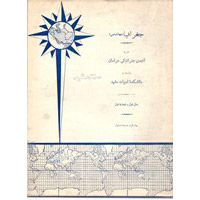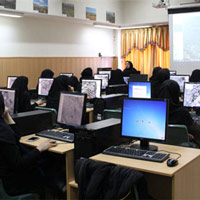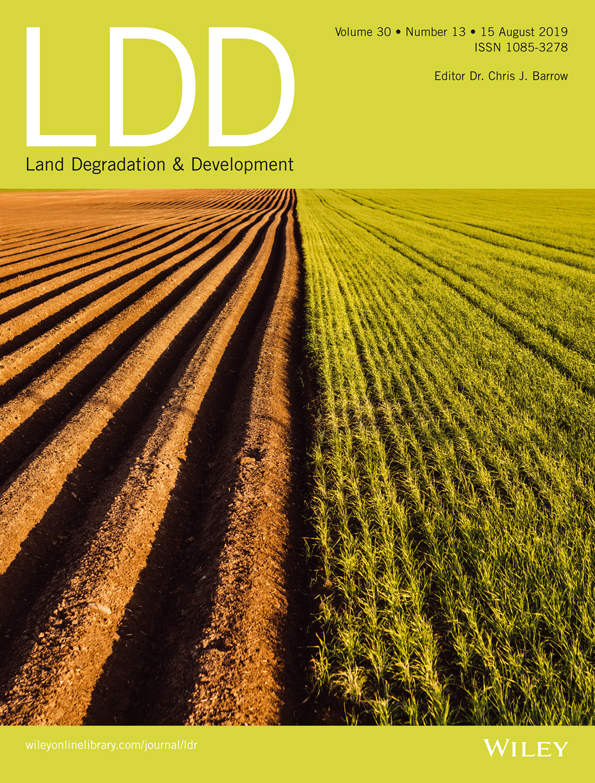انتشار مقاله عضو هیأت علمی گروه جغرافیا در مجله معتبر Land Degradation and Development
Online Version of Record before inclusion in an issue
Impact of geomorphic disturbance on spatial variability of soil CO2 flux within a depositional landform
Abstract
Landform structure‐dependent erosive soil processes impact on the physical, chemical, and biological properties of arid and semiarid areas soils through the redeposition of erosional soils and, consequently, play a role in changes to the global carbon cycle. Understanding the biophysical mechanisms that influence the balance of soil C flux is important for predicting the responses of dryland soilscapes to many forms of environmental change. This study was done along an upper‐to‐lower alluvial fan gradient, where debris flows, representing one of the most common erosive processes of dryland soils, cause local‐scale changes in soil biotic–abiotic patterns. In this empirically founded study, we assessed (a) the variations in soil CO2 flux and some related physiochemical variables such as soil organic–inorganic C, soil C storage, exchangeable cations, pH, electrical conductivity, and volumetric water content and (b) whether these variations in soil CO2 flux and its association with the above‐mentioned soil factors remained constant at three different positions in altitude along the slope of the alluvial fan. Our findings indicated significant differences according to slope position in terms of the flux rate of soil CO2 and associated physiochemical properties. The application of multiple regression demonstrated that the higher soil CO2 flux rates in the upper and middle fan positions are significantly positively correlated with organic C content. Despite the development of biological crusts on the lower fan sediments, they exhibited the lowest rate of soil CO2 flux. Further, low CO2 flux in the lower fan soils was found to be significantly negatively related to pH and inorganic C. This anomaly may be attributed to the alkalinity of the environment formed by the deposition of fine particle sediments on the lower fan position and the fact that CO2 generated by the respiration of mosses may favor the exchange of organic C to carbonate production. Our findings underline the paradoxical impacts of debris flow disturbances on soil C dynamics. This erosive soil disturbance, together with the asymmetric resource redistribution and subsequent variations in the functioning of adjacent alluvial fan positions, can simultaneously provide ‘hot spots’ of reservoir and flux of soil C within different positions of a depositional landform.










